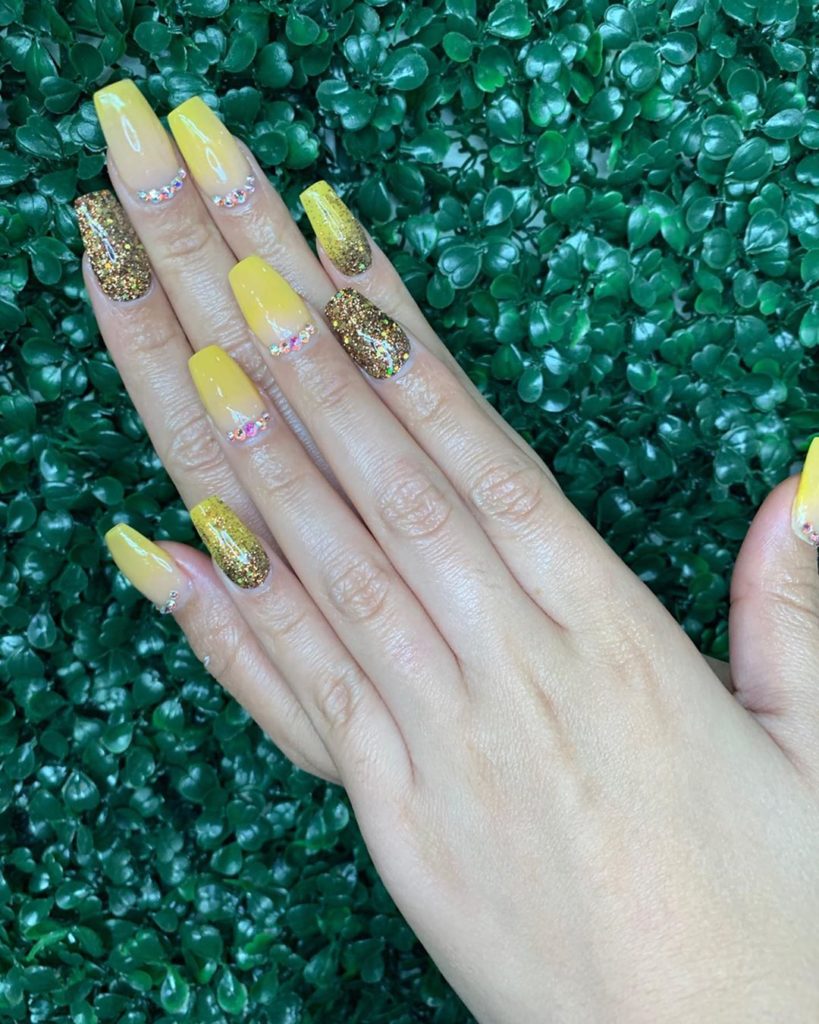We know a lot about beauty and skincare — but we also know plenty about nail care. When it comes to healthy manis, we get to meet manicurists who know their stuff and those who aren’t. Some manicurists practice methods considered minimally safe, others aren’t known for using scary products and still others make their nails looked a whole lot more edgy and finger-peeking than you might expect from their salon on the outside. And sometimes, beyond the mani — but the nails, really — we aren’t so sure.
After visiting several different nail salons in the UK, and then testing products in just one — for a day — we wanted to share a couple of things we found so far. So whether you’re planning on taking your next appointment or you’re still trying to decide where you want to go for your next manicure, go ahead and do an experiment. A little practice may come in handy when you’re headed to the salon for the first time — and remember that redheads should read this carefully.
The 1 Way Every Manicurist May Practice Minimal Safety
At least 10 percent of nail salons in the UK are known for this. You may have to speak to the salon owner and ask a few questions before you make a decision, but some salons are known for using a small amount of the products below. Read on to see how this may pose potential health risks if the salon is chosen wisely.
ADVERTISEMENT
Stain Removers — One way to avoid mistakes with a nail salon is to never attempt to clean your nails with liquid remover. To nail-brighten with scrub, soak your nails in warm water and your natural oil, and then hand wash or sponge dry after removing the polish. The red polish has helped protect your nails from damage, but that means the products might make your nails burn, leave a residue, or cause your polish to clump. The most common mistake customers make, though, is trying to remove a white polish. It’s never done in your face, as much as the most errant cases would like you to believe. When it comes to most nail-brightening products (lip balm, Zippert, Mint Conditioners, Liquid Matte), the clear products are seen as the most hygienic — they simply rinse off. An especially clean manicure can last up to a week, but whatever choice you make, always wash your hands before and after receiving the treatment, to prevent infection.
Spreading Stains — Alternately, while someone else is wiping down your nail base or the outside of your nail for cleaning purposes, you could spray. However, this isn’t effective if your manicure is still on. You can use a cleaning spray or hand sanitizer on the inside of your nail, or use a pre-wash gel to stop germs from spreading. But to use one to clean your nails in between, after the polish is off, and after your spa-ing has finished — that’s not exactly a good idea. Always remove the bottle before you start any DIY clean up.
Cleaning Base — There are a number of alternatives to nail polish. They all dry — like the wax on your mani collection at night — and prevent bleach from coming in contact with your nail. One highly-preferred alternative is Essie’s new Dusty Daisy ($10). It’s a so-called “nail polish that leaves acrylic look” and a “relatively clean nail that lasts 24 hours.” It requires you to prep the nail ahead of time (put a small amount of the polish into the base of the nail), apply it to your nails, and then reapply your polish until it’s wiped off. The base coats are said to adhere to your finger, so the polish won’t leave behind any residue after the final polish removal. But many pre-shampooers leave around a 5 percent mark on the tip of your index finger (known as the toenail clump). If you step out of the shower, you can feel it before you see it. It’s easy to rinse it off with soap or water, but you shouldn’t be doing any more DIY polish removers; always use a polish remover.


0 Comments on "How To Clean Nails Using Not Safe Products?"